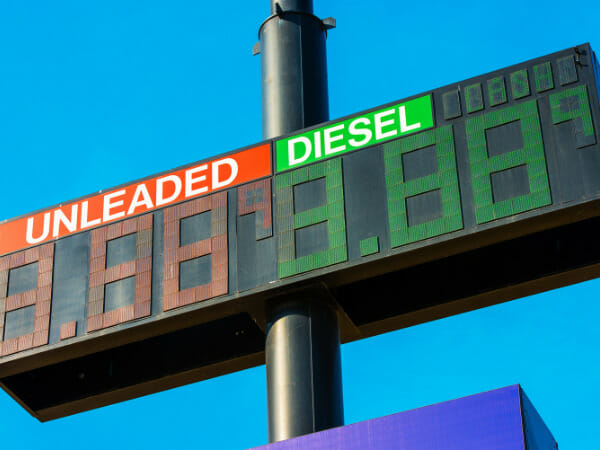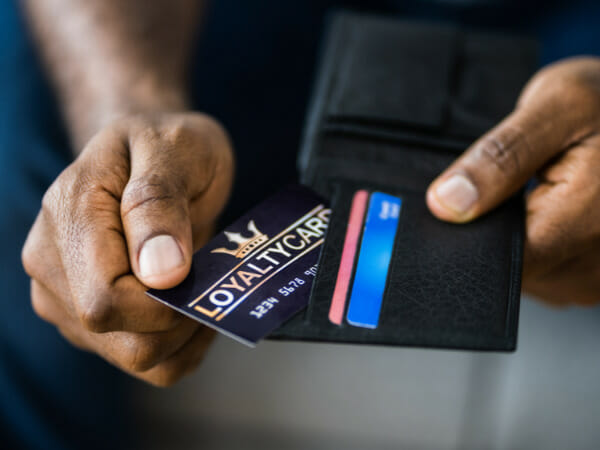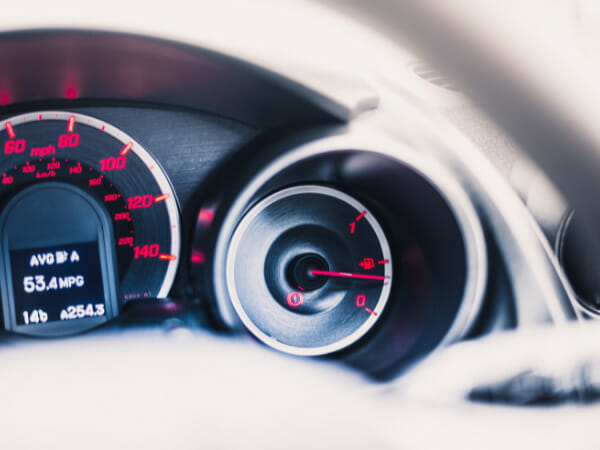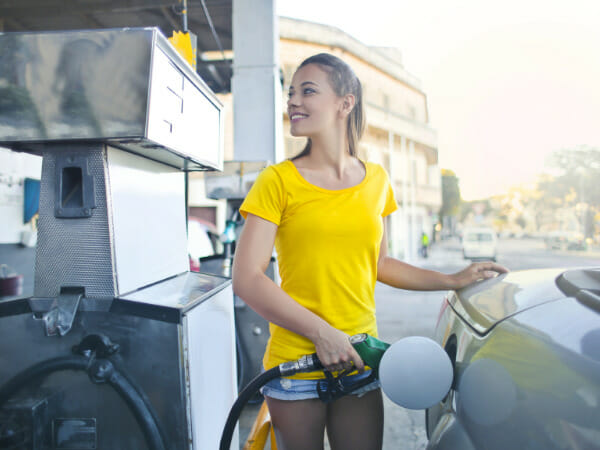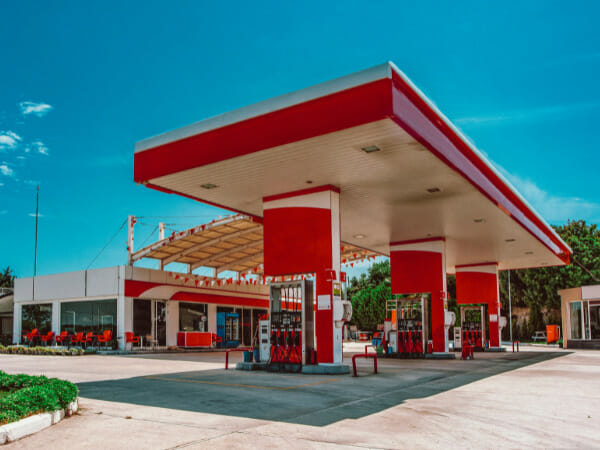10 Quick Tips to Save Money on Gas
Gas prices have been on a steady increase without signs of decline. Lately, you’ve stared at the gas pump counter with disdain as gas prices keep soaring when you fill up your gas tank. At this point, saving some money on gas is a crucial economic decision.
If your weekly gas purchases have increased from $30 to $50, you have to work on improving your fuel economy.
It comes down to this question: How will I save money on gas purchases?
Luckily, there are many ways you can save money on gas. Improving your car’s fuel economy and driving less reduce fuel costs.
Read on to discover how to save on gas and save money too.
How to Save Money on Gas
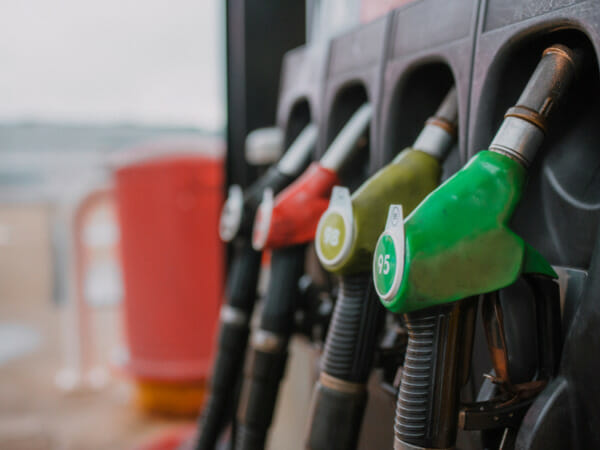
You need essential tips to save money on gas. What helps with saving money are insightful need-to-knows that go a long way when reducing gasoline costs.
[forminator_form id=”101630″]
Here are ten quick tips to save money on gas:
- Alter your driving habits
- Plan your driving routes
- Buy Regular Gas rather than Premium
- Practice Vehicle Maintenance
- Join a rewards program
- Start using gas-locating apps
- Use Less Air Conditioning
- Get a fuel-efficient car
- Buy a hybrid or electric vehicle
- Drive Less and Walk more
1. Alter Your Driving Habits
One of the best ways to reduce gasoline spending is to change your driving habits. In addition, there are many driving tips for saving gas, but only a few are effective. Moreover, gas guzzling occurs with these practices:
- Poor Cruise Control
- Hyper Accelerating
- Abrupt Start and stops
Maintaining a steady speed to improve your gasoline mileage when driving is essential. Using your car’s cruise control sets you at a constant pace, lowering fuel consumption. Cruise control is one of the best methods to move at a steady pace and maintain gasoline levels.
Some drivers speed up for the fun of it. Either hear the car’s engine revving or gain speed while driving rapidly. Flooring your gas pedal without reason consumes gasoline rapidly. To reduce fuel consumption, avoid routes that need constant acceleration.
Also, you don’t always have to make a quick start or stop. You will burn gasoline quickly if you’re constantly testing how fast your car goes from 0-60mph. Always make a steady start and brake slowly to stop your vehicle. Remember, the swift doesn’t only win the race.
Lastly, your driving style says a lot about your personality. A relaxed driving style indicates how warm your personal is. But a harsh driving style can signify a cold persona or brashness. Ensure you maintain the speed limit when driving.
2. Plan Your Driving Routes
One essential tip to reduce fuel costs is to plan your driving routes. Avoid routes where you constantly speed up rather than coasting. A fuel-efficient way doesn’t have to be brief. It will offer lower acceleration and less traffic volume.
Using navigating app services such as Google Maps or Apple Maps helps plot your routes. These applications provide Traffic data (stop and go traffic). Also, they offer information on stop Lights and traffic control regulations.
You can also use a gas station on your regular driving route. Doing this helps with your car’s fuel savings. You won’t have to go out of your way to search for the cheapest gas. The most efficient route helps in reducing gas consumption.
Closer gas stations greatly help in helping you save money on gas. Also, you don’t have to drive farther to buy the cheapest gas. Driving more contradicts your plan to conserve fuel.
3. Buy Regular Gas rather than Premium
Premium gas costs more than regular gasoline. Regular gasoline is 30-50 cents per gallon cheaper than premium gasoline, which means you could save up to $1 on two gallons of regular gasoline.
You can effectively lower your gas money by buying regular gasoline. If you spend $50 on a premium gas weekly, switching to regular gas can save you $7. At the end of the month, you would have reduced your gas costs by about $30.
Your car doesn’t need premium gasoline to run its engine except as specified by the manufacturer. Your owner’s manual states the kind of gasoline your car needs. Use only premium gasoline if required. You can use regular gasoline if recommended. If regular gasoline gives the same fuel economy result as premium gasoline, you have nothing to worry about.
With modern technology, regular gasoline releases lower emissions than in the past, which means regular gasoline is safe for your car, except it requires premium gasoline.
4. Practice Vehicle Maintenance
Practicing vehicle maintenance is one of the best ways of reducing gasoline costs. Regularly maintained cars have the best gasoline mileage.
Tire pressure and regular oil changes contribute toward your car’s gas mileage. There are measures you can take to maintain your car’s gasoline mileage. Vehicle maintenance is the correct way to achieve this.
How Vehicle maintenance affects Gas mileage
Here are a few ways vehicle maintenance affects gas mileage:
Tire Pressure
Having proper tire pressure improves your car’s gasoline mileage. Ensure you always have inflated tires to enhance your vehicle’s gasoline mileage. Get your tires inflated to the required pressure of your car’s tires stated in your owner’s manual.
Motor Oil
Use the required motor oil recommended by your vehicle manufacturer. This practice is one of the best ways to improve your car’s fuel economy. The proper motor oil blend can boost your fuel efficiency significantly.
Gas Cap Seal
A worn-out or missing gas cap is bad for your car. It leads to the loss of fuel in your car’s gasoline tank. Oxygen leaks into the fuel tank, making gasoline burn faster than usual. Your gasoline evaporates due to this occurrence. Ensure you replace your cap when you notice its loss or worn-out state.
Excess Weight
Get rid of excess or dead weight in your car. Remove excess weight in your cars, such as bicycles and ski racks. Excess vehicle weight leads to more energy consumption.
For every extra 25kg load, your vehicle’s fuel consumption increases by 1%. Removing the excess luggage improves your car’s fuel economy.
Routine Vehicle Maintenance
Routine vehicle maintenance leads to good fuel economy for your car. This engine maintenance lets you check whether spark plug replacements contribute to your car’s wellbeing. A poor fuel pump can reduce fuel economy significantly.
Also, replacing your air filter can boost your car’s fuel efficiency. Regular maintenance checks won’t only improve fuel economy; it also preserves your vehicle’s efficiency.
5. Join a Rewards Program
Gas stations provide rewards programs(gas credit cards) to potential loyal customers. These programs work to turn ordinary customers into loyal customers. These programs are standard amongst gas station chains. You can save over 5 cents per gallon when filling these programs.
Shell provides a program that rewards its loyal customers. Shell offers a payment method that links to your bank account. It can be disadvantageous because of its limitations.
GasBuddy provides its savings program for buying gasoline. GasBuddy provides a payment card that helps you save 25 cents per gallon when filling up at most gas stations. GasBuddy provides services that increase your fuel savings.
You can opt for a rewards credit card, earn reward points and pay off your bill later. But read all terms and regulations before signing up for one.
6. Start Using Gas-Locating Apps
Gas-locating apps help you locate the cheapest gas at your location. It will hurt to come across a gas station that sells at a lower price than the gasoline you recently bought.
It is for this reason that gas-finding apps exist. They serve as a guide in locating the cheapest gasoline for sale. GasBuddy and Upside are third-party sites that provide information on the gas stations in your location.
Look out for stations that sell the cheapest gasoline along your driving route. This helps you plan your gasoline purchase. Waiting till your tank is near empty cancels this plan.
These gasoline-buying apps are also helpful when traveling. Gas prices differ along state lines. It is best to check gas prices before setting out on your trip. Gas stations in the middle of cities or off-highway exits usually sell costlier gasoline.
7. Use Less Air-Conditioning
Using your car’s A/C during summer and heating during winter consumes gasoline fast. To get better gas mileage, reduce your A/C use. Longer drives are suitable for A/C help to save gas.
Avoid using your air conditioner when driving slowly. Reduce air conditioner use, as overuse tasks the engine, leading to 20% more fuel usage.
But you can use your air conditioner when driving on highways. Highway speeds are beneficial for A/C use, as it reduces the aerodynamic drag on your car compared to your rolled-down windows. In addition, a higher aerodynamic drag or vehicle’s wind resistance slows down your car leading to more fuel consumption.
Keep your car windows and sunroof open when driving slowly (less than 30mph). Also, use an Eco A/C setting if your car has the feature.
8. Get a Fuel-Efficient Car
You have the choice of buying a fuel-efficient car to save more gasoline. A fuel-efficient vehicle consumes less fuel. They have turbocharged cylinder engines which improve the vehicle’s fuel efficiency.
When buying a new car, buy a car with better fuel economy. Such vehicles are energy-conserving. With such vehicles, you can’t waste gasoline while driving.
Manual transmission vehicles also consume less fuel than automatic vehicles. But most people prefer automated vehicles. Before buying a car, one thing to look out for is its MPG (miles per gallon) rating. It also informs you on how much gasoline your car consumes per mile.
Turbocharged engines burn gasoline better, which leads to more excellent acceleration. However, they sound too good to be true. But test-drive such cars to check if they suit your needs before purchasing.
9. Buy a Hybrid or Electric Vehicle
There is the option of buying a hybrid, plug-in hybrid, or fully electric vehicle(EV). SUV and car models with hybrid forms, such as the Honda CR-V, Ford Escape, and Toyota RAV4.
A hybrid vehicle utilizes two sources of power: electric batteries and internal combustion engines. Pure hybrid models such as the Toyota Prius have been around for a while. More modern cars are hybrid-designed to increase fuel efficiency.
There are pure EVs such as Tesla. The main advantage of these vehicles is to lower or prevent gasoline use. They help car owners save money.
With an EV, you don’t have to buy gas. But EVs are expensive. The option of getting a used EV exists. Also, you can earn income tax credits on buying them.
[forminator_form id=”101900″]
The advantages of these vehicles are many. They reduce fuel emissions and offer access to government incentives. Also, they have lower maintenance costs. With climate change, you can’t go wrong with an EV.
10. Drive Less and Walk More
Consider driving less and walking more. This practice works better than buying more gas for every short trip. Make a habit of using other means of transportation for non-urgent trips.
Public Transportation exists and can help you save fuel. Trains, buses, and even public bicycles are forms of public transportation. These transportation services are suitable for short-distance trips such as a trip to the gym.
You could share rides with friends on ride-hailing platforms like Uber.
You could also run many errands in a single trip to reduce drives. Ordering goods online also helps you drive less. You walk more when you drive less. Heading to bus stops and train stations gives you a chance to exercise. You can use a step-tracker to record your steps per day. This exercise helps you burn more calories and keeps your heart healthy.
With rising gas prices, those extra steps are more tempting. You can walk past the gas station with a smile knowing your gas savings are paying off.
But these alternatives might be complex for you. The choice you take to save gas depends on you. Start these changes slowly to adapt better.
Other essential tips on saving gas
Listed below are extra tips to help you save more money on gas.
Don’t buy gas on weekends.
Gas prices cost more on Fridays, Saturdays, and Sundays. A GasBuddy analysis showed that gasoline costs more during weekends.
The best days to buy gas are the first days of the week. Gasoline prices are lower on Mondays and Tuesdays. This practice will help you purchase cheap gas in any gas station.
Pay with Cash
You get cheaper gasoline when you pay with cash. Some gasoline stations provide this offer because of card processing fees. Try to pay with cash when filling up your tank to lower prices.
Spend less idle time
Spend less time keeping your engine running idle without moving. This practice doesn’t save gas. You would have wasted gas running the engine without moving the car in the long run.
Avoid running the engine while your car stays parked. During winter, running the car to heat is avoidable. Ensure you don’t ruin it for too long.
Modern engines don’t need warm-up processes. Moreover, avoiding this practice also helps in reducing fuel emissions.
Conclusion
With rising gasoline prices, you need all available information to help you save money. The average driver won’t be comfortable spending up to $2000 on gasoline annually. Moreover, these tips will help you save money better.
Most people complain about gasoline prices. There are jokes and memes about the event. But this event affects others significantly. Some people need the extra money, and these tips can help them achieve their financial goals.
Related Articles
You don’t need extreme measures like abandoning your car to save money. Start with the most straightforward tips, such as using gas-locating apps. With time, you would also have saved considerable money for other expenses.
FAQs
Do I need a hybrid car for better fuel economy?
Yes. Hybrid cars manage fuel economy better than other vehicles.
What are the safest fuel efficiency practices?
Here are also a few safe practices:
- Reduce A/C use
- Vehicle Maintenance
- Adhere to speed limits

